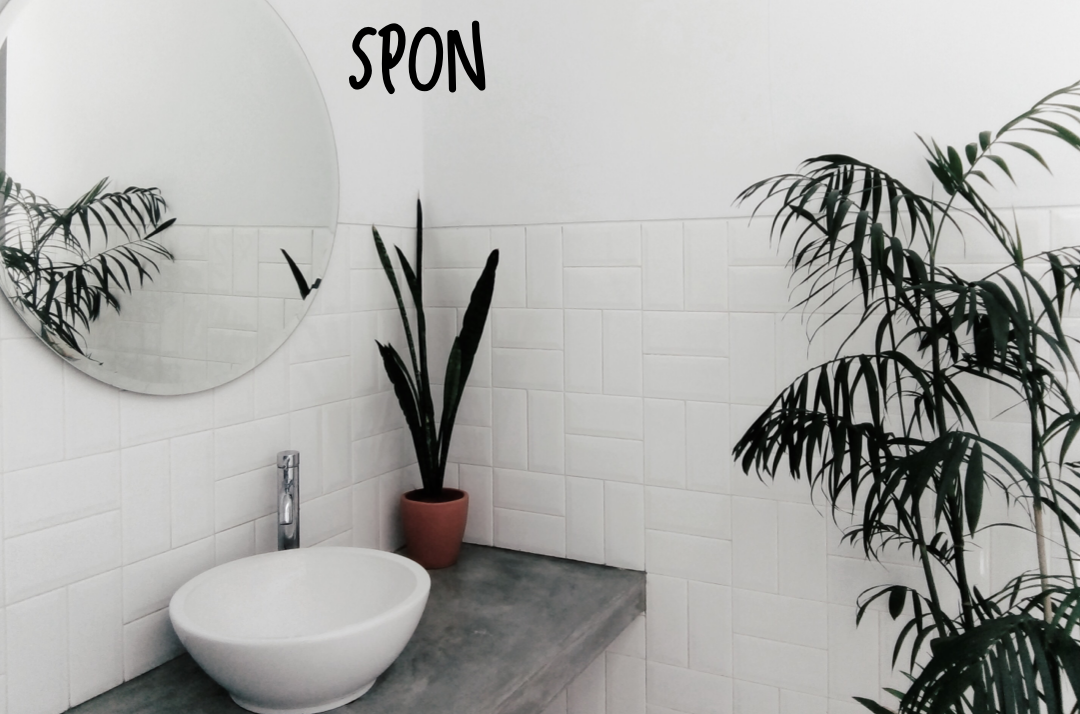Sponsored guest post
Allergies are common, especially in children, and even though most do not have extreme effects, they can worsen conditions such as eczema and asthma.
Unfortunately, there are typically many allergens in modern homes. According to the National Health Service, millions of UK citizens suffer from allergy symptoms caused by household triggers such as mites, dust, and mould.

Following the advice below can reduce your allergy-related problems significantly, but always be sure to take appropriate medication too. Here are a few suggestions to start with:
1. Frequent House Cleaning
The best anti-allergen control method is keeping your house clean. Depending on the size of your home, you might have to clean it daily, bi-weekly, or weekly. For large houses, the best practice is to have a thorough cleaning day each month.
The monthly or weekly cleaning routine should focus on areas that are often missed during regular cleaning. They include underneath the furniture, on top of doors, windowsills, and ceiling fans.
2. Reduce the Number of Dust-Collecting Items
Dust worsens asthma symptoms, causing wheezing and difficulty breathing, so it’s helpful to reduce the number of items that collect dust in your household. These include books, magazines, tabletop ornaments, and toys, among others.
One of the ways to achieve this is by having your ornaments stored in an ornament box. If you need to display them, then place them in a glass cabinet. A closed glass shelf is also an excellent way to keep your books dust-free.
You can also use bins to store your kid’s toys and games, instead of storing them at a corner in the house. Since picking up after children can be frustrating, find ways to make cleaning fun and rewarding for your children so that they learn to do it themselves.
3. Scrub Moulds
Mould spores can trigger asthma if they reach your lungs. To avoid this, ensure you scrub moulds as soon as you notice them, while always wearing an appropriate face mask. Mould often grows under sinks, tubs, and in the shower. Recurring mould on the ceiling or a wall is an indication of a leaking roof or water pipe.
Moulds can also develop in curtains: you should replace or wash curtains and bathmats often. You should also ensure that clothes dry properly.
4. Keep Your Air Allergen-Free
Another way of reducing household allergy triggers is to keep your house air clean. First, replace the filters in air conditioning systems and cooling systems regularly. The best practice is to do so monthly. During the pollen season, close the windows and rely on the AC to keep your home habitable. Most importantly, make your home a smoking-free zone by banning smoking in and around your home.
The other great way of improving the air quality of your home is by using house plants. Some plants to consider are garden mums, aloe vera, Boston ferns, and spider plants, among others. If you have pets, then you should do your research, as some plants are toxic to pets.
5. Take Care of the Roaches
Studies have shown a correlation between the presence of cockroaches and asthma. If you have them in your home, then it is time to invest in the services of a professional exterminator to kill these allergy-triggering insects. Thoroughly vacuum your carpets to remove their residue. Also, seal cracks and other entryways to avoid re-infestation.
6. Redecorate
Consider removing tired wallpaper and replacing it with mold-resistant enamel paint or installing tiles. Otherwise, brush and clean it often with a damp cloth.
Other upgrades worth considering are shifting to linoleum or hardwood flooring, using washable rugs, and installing exhaust fans in the shower.
Remember, you do not have to get these upgrades at once. You might not even need them provided your house remains easy to clean and organized.

